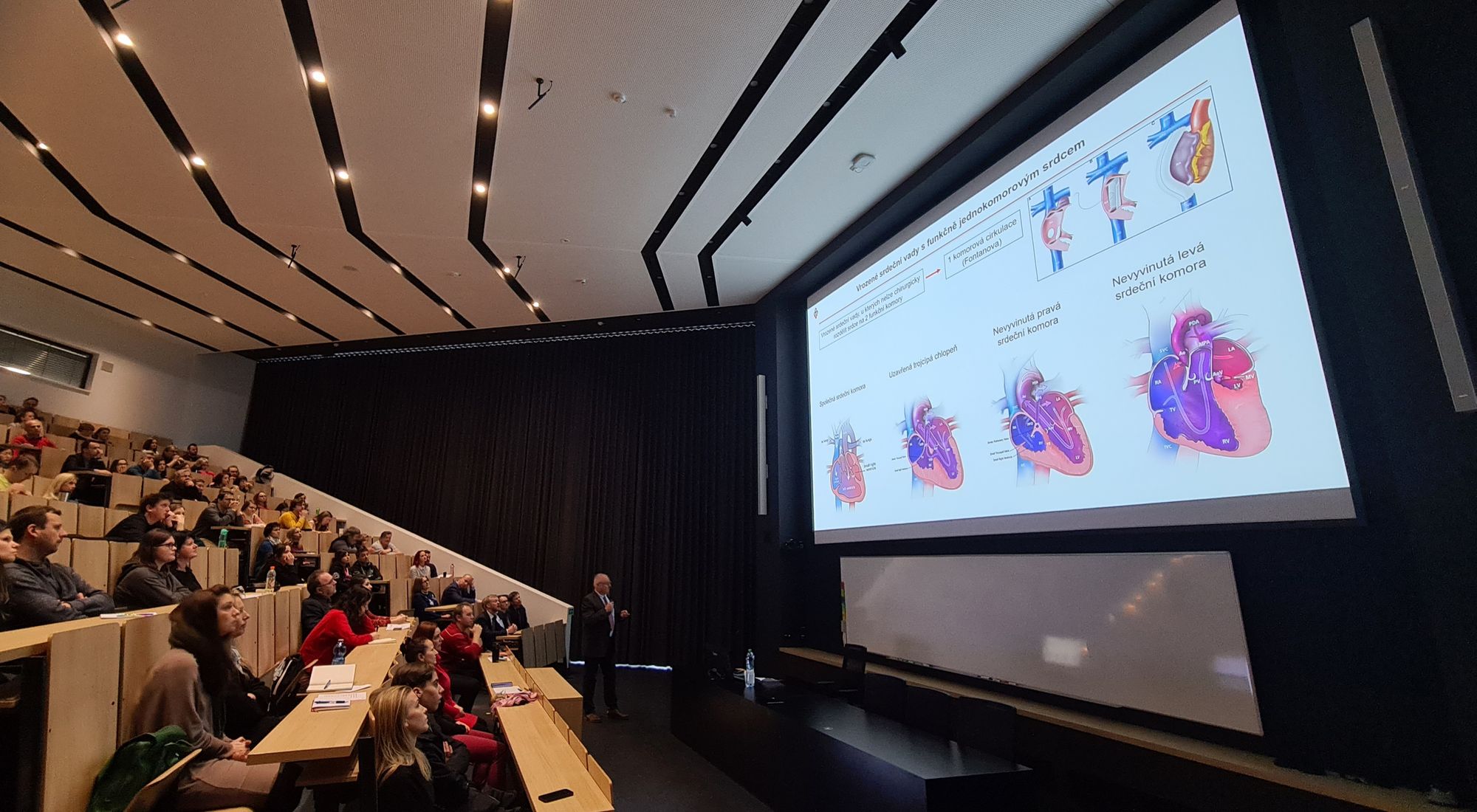Single ventricle heart - what does it mean?

Having a single ventricle heart is like winning a lottery - just, not the good kind. Defects where the heart pumps only with one functional ventricle are one of the most complex heart problems. But also - rare. According to Boston Children's Hospital, about five out of 100.000 mothers will give birth to a "blue baby".

In the normal heart, the right ventricle pumps blood to the lungs and the left ventricle pumps blood to the body.
In a single ventricle heart, there is only one ventricle large enough to do the normal job of pumping blood.

Since a mixture of oxygen-poor (blue) and oxygen-rich (red) blood mixes in the heart, children with a single ventricle defect tend to suffer insufficient oxygenation of blood. As a consequence, these kids become bluish or cyanotic.
(prof. MUDr. Václav Chaloupecký CSc., University hospital Motol, Prague, Czech Republic)
The uniquely complex anatomy of the heart and its chambers make each ventricle defect different. The term single ventricle heart covers a group of cardiac defects that may be different from each other but share the common feature - only one ventricle is of good functional size.
- tricuspid atresia
- hypoplastic left heart syndrome (HLHS)
- single left ventricle
- double inlet left ventricle (DILV)
- double outlet right ventricle (DORV)
(Summarized from Boston and Cincinnati Children's Hospitals web pages.)